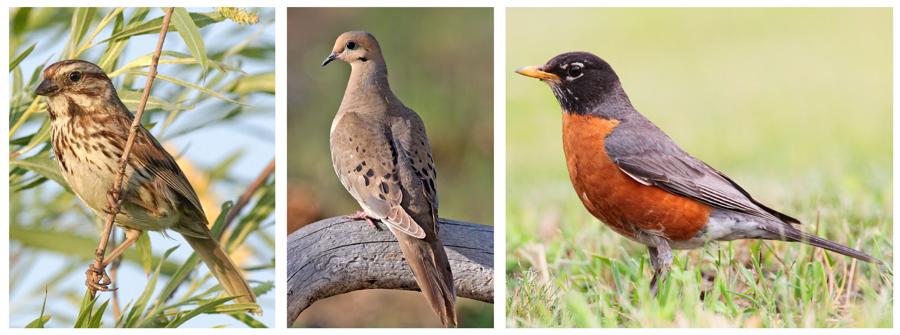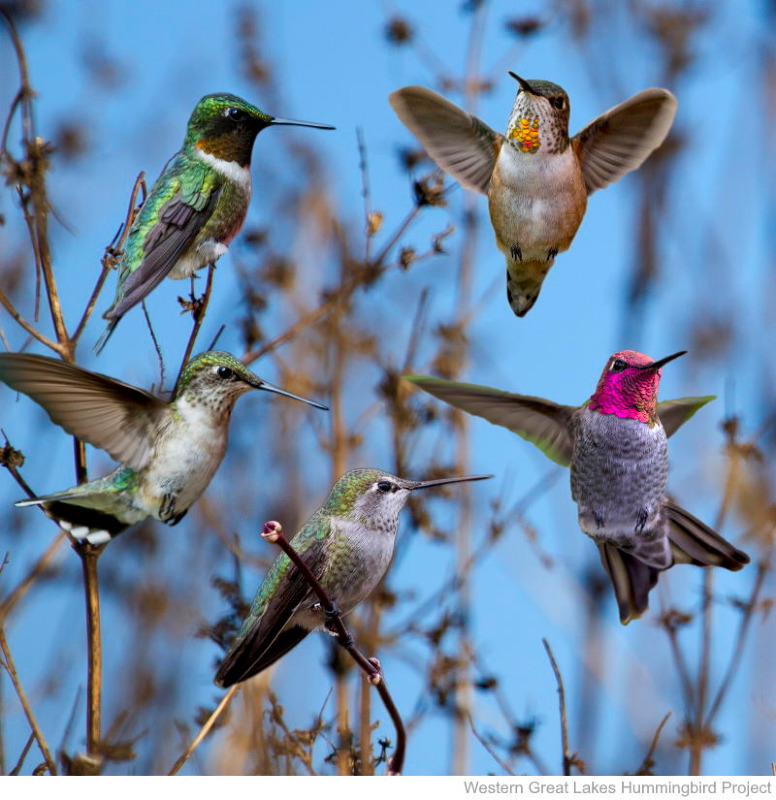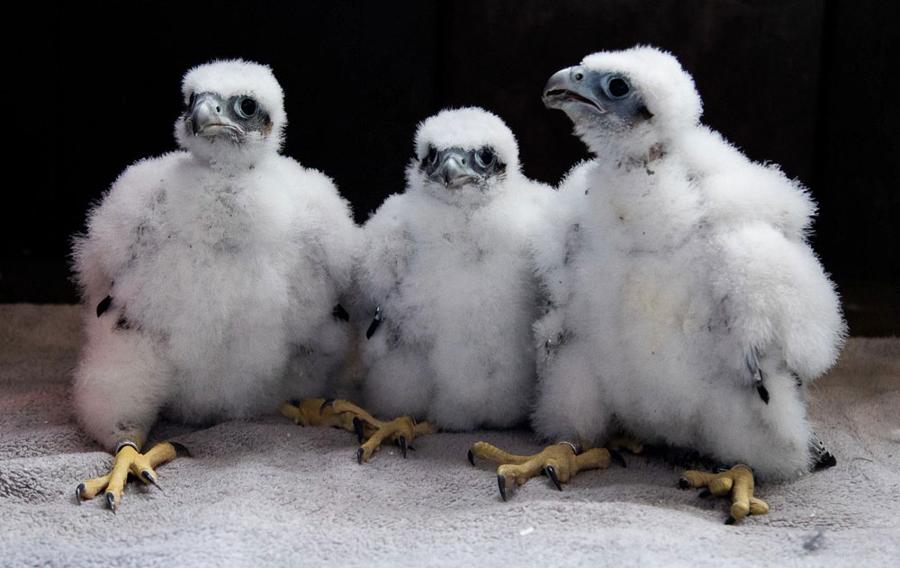Study Reveals PFAS Contamination in Wisconsin Bald Eagles
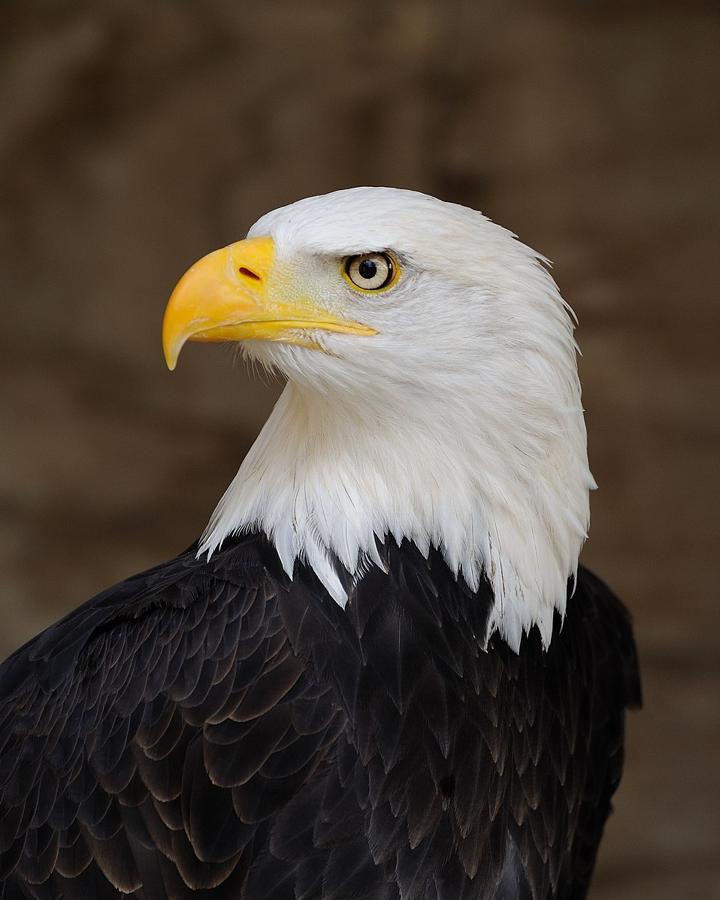
by Samuel Garduño, age 16
Per- and polyfluoroalkyl chemical compounds, more commonly known as PFAS or forever chemicals, are odorless and tasteless compounds known to be produced in the US since the 1940s. What many people don’t realize, however, is that they are significantly more common than speculated. They are found in our air and water; stain-resistant materials, clothing, carpets, nonstick cookware, food packaging, firefighting foam; and so many other everyday essentials. Although PFAS are extremely common, scientists are still learning all of their effects.
Wildlife isn’t exempt from the threat of PFAS. Although testing has prioritized bald eagles, Wisconsin has also examined other wildlife, including fish, deer, waterfowl, and small mammals. Bald eagles are a prime candidate, as they are an apex predator of the food chain and a prized, almost sacred, animal amongst the American public. Since bald eagles are at the top of the food chain, their blood will show a presence of PFAS, metals, pesticides, and contaminants that amass through indirect and direct exposure. What happens in the environment parallels what affects humans.
Wisconsin’s private and public water systems have been tainted with traces of PFAS, although scientists don’t know the source. Biologists at the Genoa National Fish Hatchery started researching the effects of PFAS on mussels in the Mississippi River and the Great Lakes. The hatchery has been partnering with an outside lab that already has experience with chemical testing, but lab testing PFAS is time-consuming. Eight to ten samples have been shipped a month, but mussels take ten months to grow and three years to show conclusions. Megan Bradley, a biologist at the hatchery, hopes the lab testing will aid in establishing water standards as well as identifying PFAS contamination sources. For instance, the Wisconsin River was the most contaminated body of water identified by the eagle testing, but the source remains unknown. [Read More]

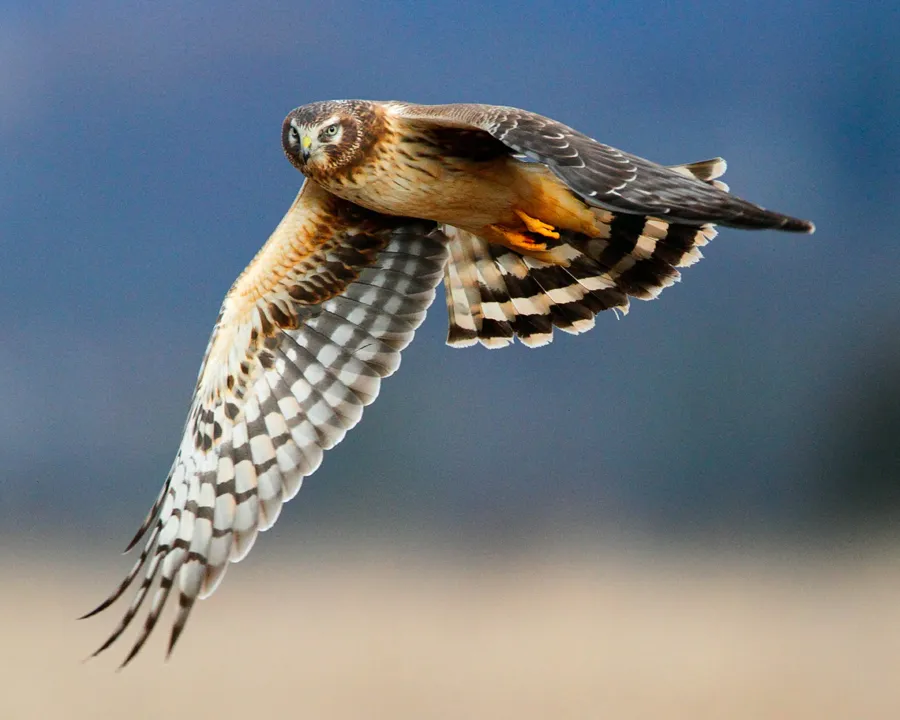
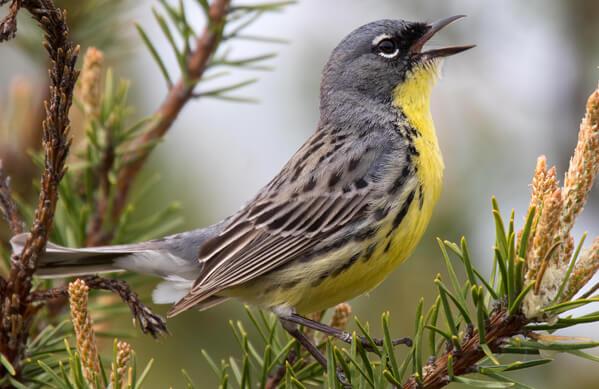
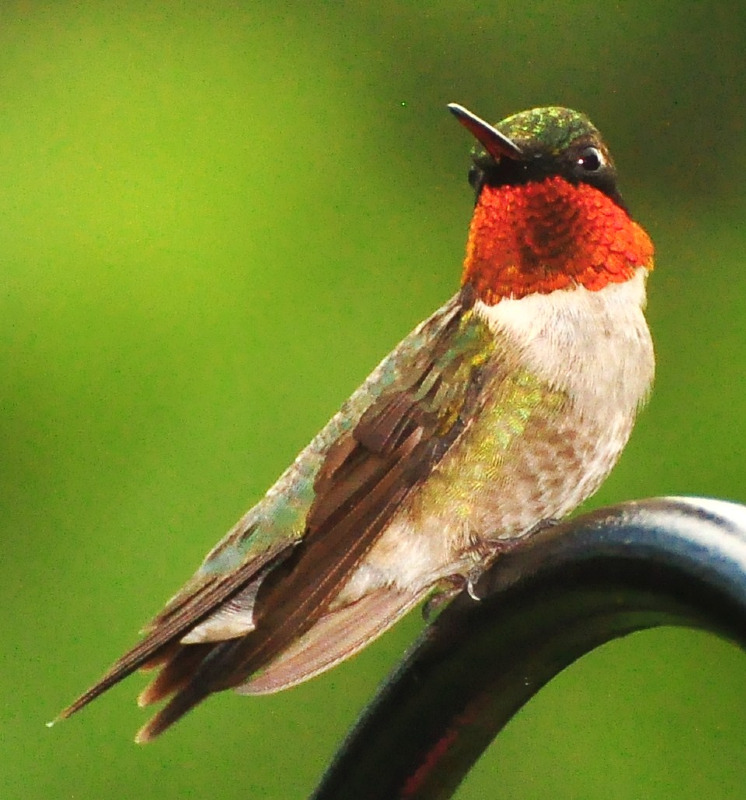
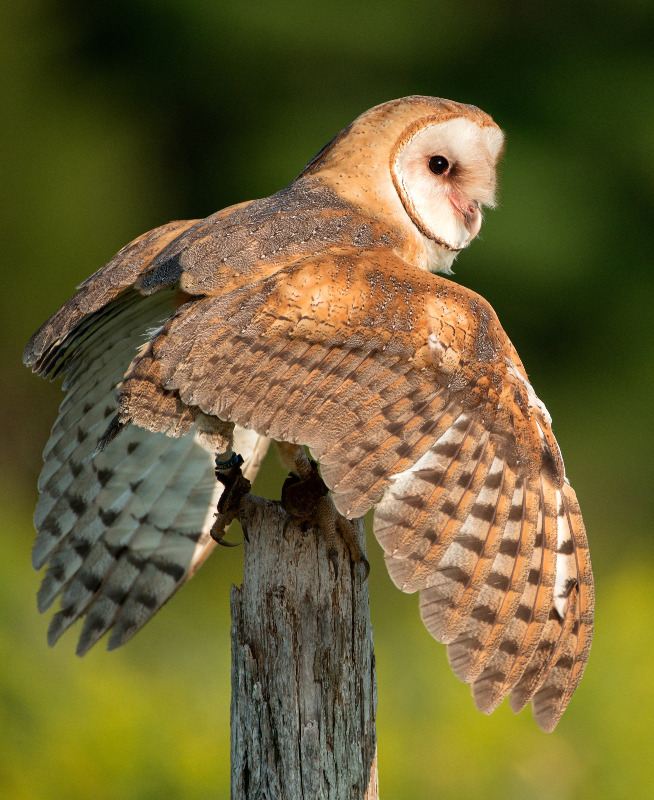
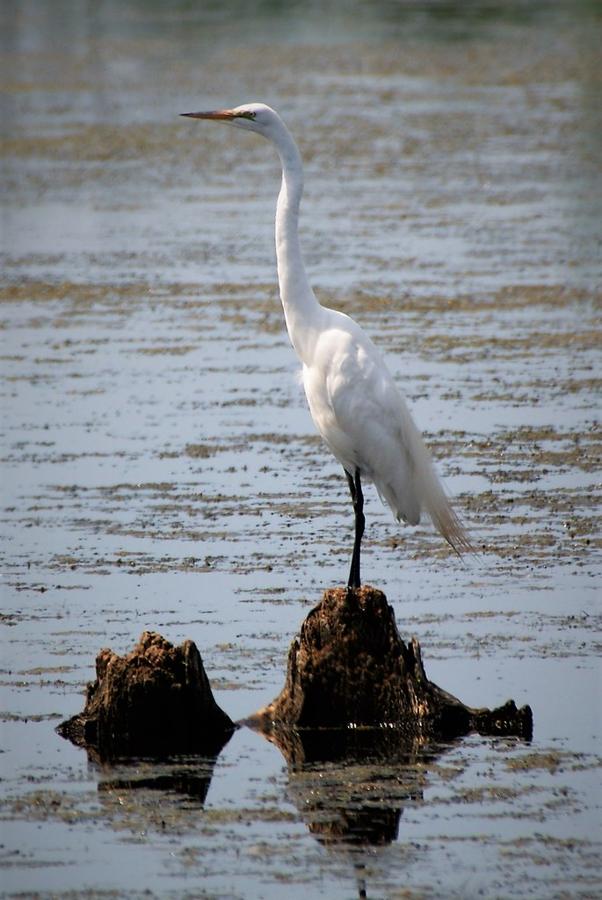
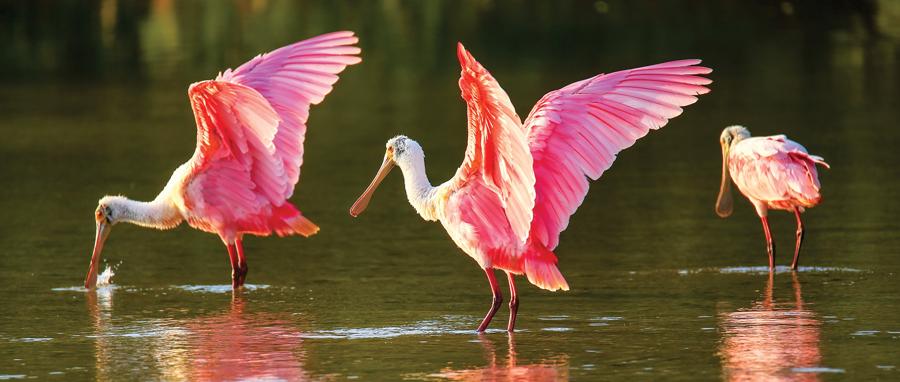

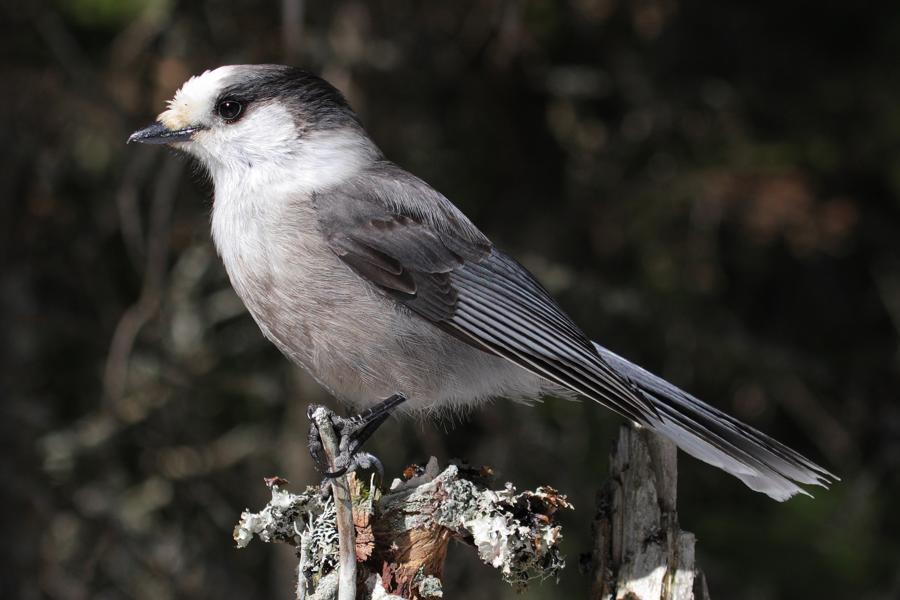
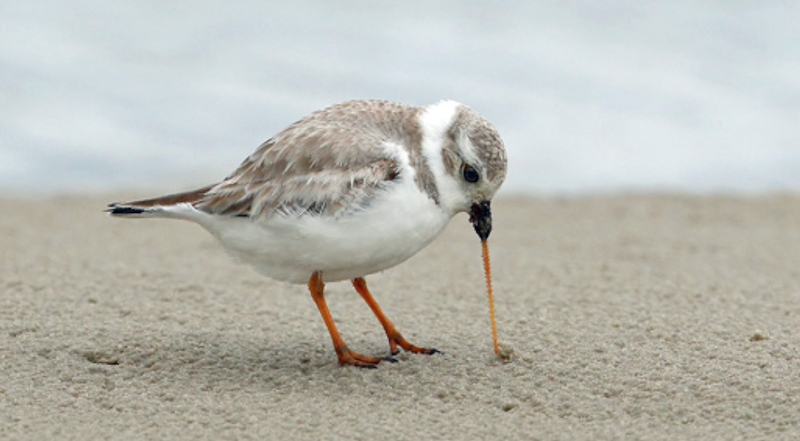
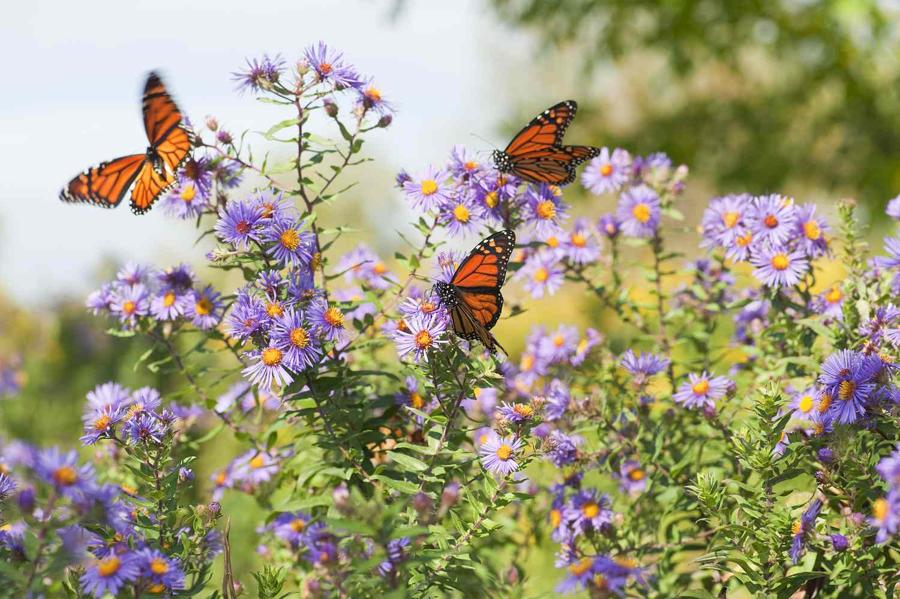
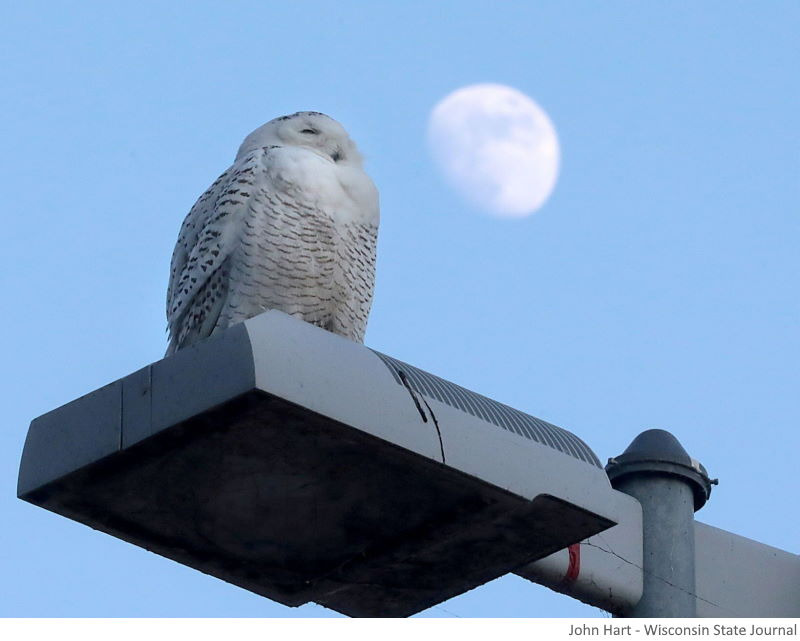
,_Owen_Conservation_Park,_Madison,_Wisconsin_July_2016_(crop).jpg)
